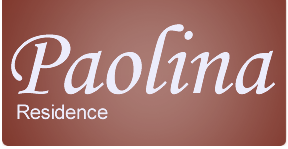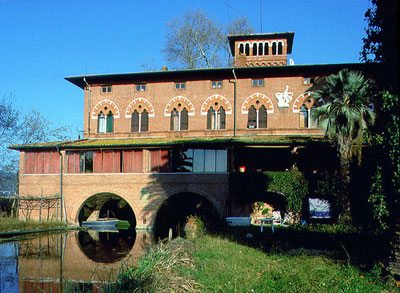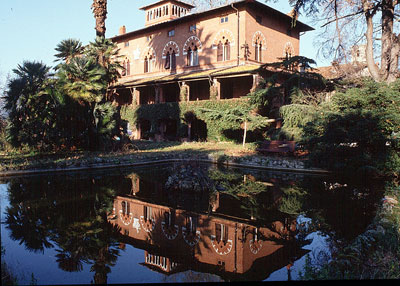In the footsteps of maestro Giacomo Puccini. A charming Puccini itinerary to many places that are fairly unknown is recommended after visiting Torre del Lago, the Maestro’s last home, where he found creative inspiration, enjoyed his favourite sport of coot shooting and where friendships were more intensely and serenely felt. The nearby villa is now a museum. A room-cum-chapel is the resting place of the Maestro, his wife, Elvira, and his son, Tonio. Another room is an unusual armoury where the hunting rifles are kept: “After the pianoforte” – Puccini frequently admitted to friends – “my favourite instrument is the rifle”. Worthy of a visit is Chiatri, a village at the top of Monte di Quiesa, where Puccini bought an old villa. From Chiatri, the road goes via Stabbiano and Certosa di Farneta to Lucca. The house were Puccini was born is in Via di Poggio. In addition to the many manuscripts on display in special showcases, there are numerous objects, documents and mementos: from the “Turandot” pianoforte to the Maestro’s overcoat, medals, letters concerning events during the life of the man and the artist. The Basilica in nearby Via S. Paolino has the organ on which a very young Puccini played for pocket money at religious functions. Lucca is also the home of the “Teatro del Giglio”. While he was a student at the “G. Pacini” school of music, he played the piano accompaniment for an emerging singer at the Theatre in 1878. Puccini returned to the Teatro del Giglio some years later as the author of the operas that made him famous. From Lucca, the road that follows the River Serchio to Ponte a Moriano, Diecimo and Pescaglia leads to Celle dei Puccini (371 m above sea level). Puccini’s ancestors were originally from Celle and he went there a month before his death on the 26th of October, 1924, to be present at the unveiling of a plaque on the house that is now a museum. On display here is the piano on which the Maestro composed a part of “Madame Butterfly”, his parent’s bed, a cradle, a Christening robe, family portraits, the kitchen, and many other mementos.


